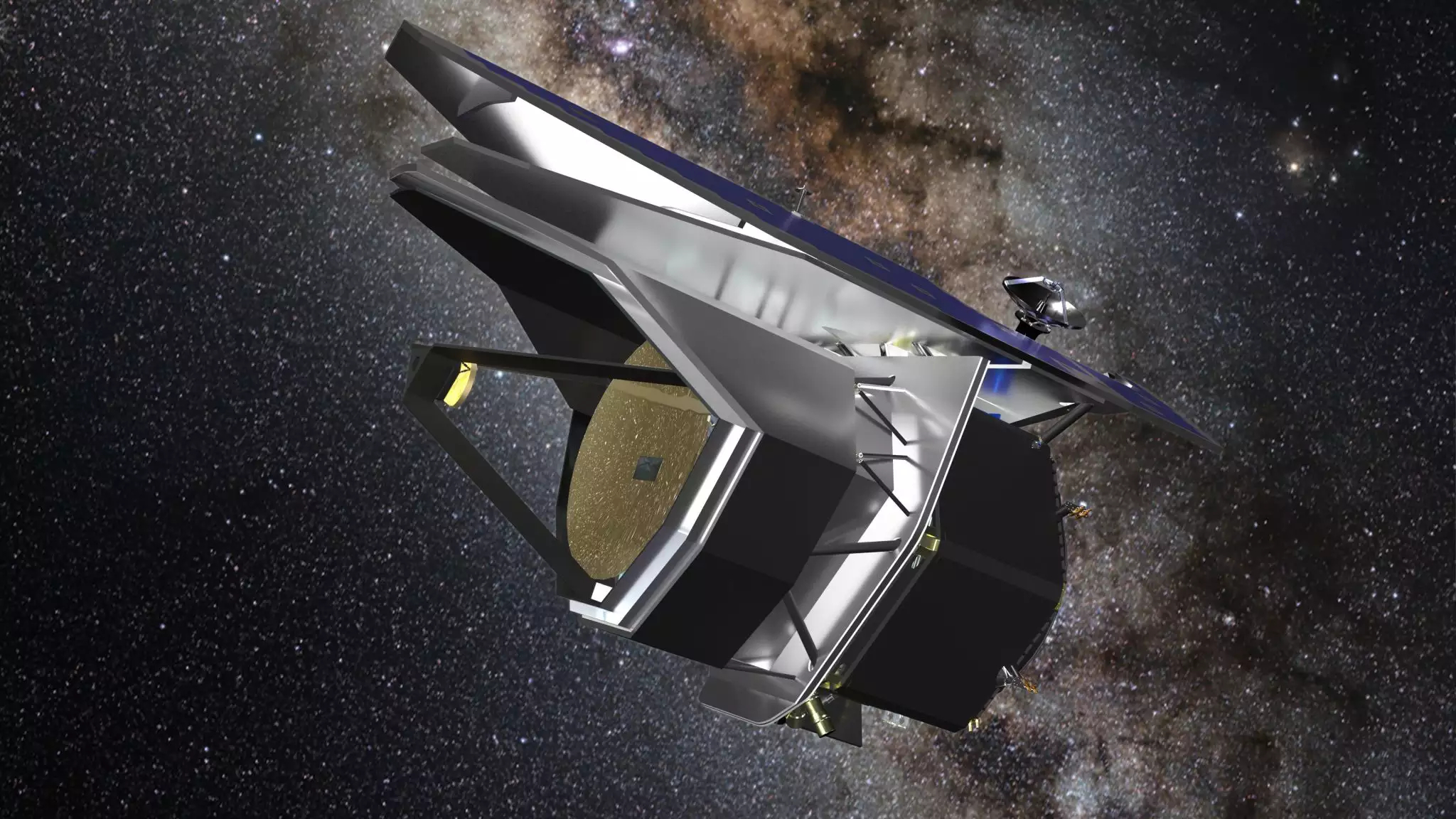
The teams behind two potential new space telescopes have embarked on their final design studies as they go head-to-head to see which will be the first of NASA’s new "Probe" class of mission.
PRIMA, the Probe far-Infrared Mission for Astrophysics, will study the universe at the longest of infrared wavelengths, bridging the gap between what the James Webb Space Telescope (JWST) can see in the near- and mid-infrared, and what radio telescopes observe. On Nov. 8, the international PRIMA team — led by Jason Glenn of NASA's Goddard Space Flight Center and including researchers from the US and Europe — convened at the Jet Propulsion Laboratory in California for a workshop to kick-off the design study.
The mission PRIMA is going up against is AXIS, the Advanced X-ray Imaging Satellite. Led by Chris Reynolds of the University of Maryland, AXIS would be designed to study black holes within distant galaxies in the early universe discovered by the JWST, and probe how active black holes and bursts of supernova explosions can affect the galaxies around them. The mission would also watch for "transients" – flashes of X-ray light that could be from exploding stars, gamma-ray bursts, glitches on magnetic neutron stars or sporadic accretion onto black holes.
Both teams have until 2026 to make their case, having each been awarded $5 million to do so, and the selected mission will fly in 2032.
Related: 'Flame-throwing' Guitar Nebula's concert caught by Hubble and Chandra space telescopes (video)
PRIMA is being supported by the Max Planck Institute for Astronomy in Heidelberg, Germany, where researchers will build vital components for the mission, including two high-precision, actively controlled beam-steering mirrors called "two-axis focal-plane choppers." These are able to steer the light entering the telescope and reflecting off its 1.8-meter (5.9 feet) aluminum mirror toward the sensors in PRIMA's two instruments, allowing high-resolution views of any part of the sky in the 'scope's field of view.
Those two instruments are PRIMAger (PRIMA imager) and FIRESS (Far-Infrared Enhanced Survey Spectrometer), which will observe light at wavelengths between 24 and 261 microns (the JWST can see up to 28.3 microns, which is the far end of the mid-infrared band). PRIMA would be 100 times more sensitive than its precursor missions, NASA's Spitzer Space Telescope and the European Space Agency's Herschel Space Observatory, and the team behind it claim that it will have the ability to measure in detail the chemical composition of planet-forming disks around young stars.
Because far-infrared light can be easily drowned out by thermal emission from the telescope itself, PRIMA needs to be cryogenically cooled down to –269 degrees Celsius (–452 degrees Fahrenheit), which is just four degrees above absolute zero. Yet this comes with an advantage; the instruments can use superconducting sensors called Kinetic Inductance Detectors, or KIDs, which count individual photons as well as record their energy and arrival time exactly. Superconductors are exactly what they sound like: materials that are extra-efficient at conducting electrons and which utilize quantum effects, but, in order to operate, they must be at low temperature.
With concerns about the longevity of the Chandra X-ray Observatory in NASA's budget, AXIS would be a timely mission to fill any gap if Chandra is forced to shut down. AXIS would function in unison with the JWST to probe black holes that existed over 13 billion years ago. On the other hand, PRIMA covers a wavelength band that there currently is no coverage of — far-infrared astronomy can only be done in space, since Earth's heat swamps it out — and it could also work in unison with the JWST to examine star- and planet-forming regions in the universe. It's a tough decision that NASA has to make.
The opportunity for both missions came along thanks to the recommendation of the recent astrophysics decadal survey that recognized that there could be a delay of several decades for the next generation of "great observatories" to replace Hubble, Chandra and even the JWST. To help fill the gap, the decadal survey proposed a new class of medium-scale mission, with a budget capped at $1 billion (not including launch), which could blast off in the 2030s without too much development time required. These are the Probe-class missions and they will help create opportunities that might never have happened if NASA threw all its eggs into the basket of the next multi-billion dollar project like the JWST.
Whichever mission is selected, it will do valuable work and teach us new things about the cosmos.







